As India and the United States deepen their strategic partnership in the 21st century, understanding the driving forces and constraints behind their policymaking becomes essential. From geopolitics to technology and climate cooperation, the two democracies are building bridges—but also navigating sensitive differences. while navigating sensitive differences. Let us explore how their priorities align or diverge, framed around key goals and red lines.
Domain | U.S. Priorities | India’s Priorities | U.S. Red Lines | India’s Red Lines |
Geopolitics | Contain China’s influence in Indo-Pacific; support allies like Japan, Taiwan | Maintain strategic autonomy; balance China without direct confrontation | Strong support for Russia or Iran | Being pressured into fall into a geopolitical block |
Defense | Deepen interoperability via QUAD, joint exercises, arms sales | Build indigenous defense capability while partnering with U.S. & others | Technology transfer without safeguards | Loss of defense sovereignty; foreign boots on Indian soil |
Trade & Economy | Market access, IPR enforcement, reduce tariffs on U.S. goods | Greater access to U.S. markets for services, skilled labor; resist overregulation | Data localization, protectionism, regulatory unpredictability | Concessions without reciprocity |
Technology | Lead in critical and emerging tech (AI, semiconductors); promote open internet | Build self-reliance (Atmanirbhar Bharat) in key tech sectors | Restrictions on American firms or IP theft | Overdependence on U.S. tech; loss of digital sovereignty |
Climate & Energy | Global emissions cuts, clean tech leadership, carbon pricing | Climate finance, equitable responsibility, energy security | Opposition to U.S. oil/gas sanctions or bypass of energy cooperation | Pressure to cut coal without aid; unequal emission cuts |
Russia-Ukraine | Isolate Russia diplomatically and economically | Maintain ties with Russia (arms, energy); avoid taking sides | Support for Russia in multilateral forums | Being forced to condemn Russia or reduce energy imports |
Indo-Pacific | Promote “Free and Open Indo-Pacific” via alliances and deterrence | Inclusive Indo-Pacific vision; prefer multipolarity, no direct confrontation | Undermining alliances like AUKUS, QUAD | Being drawn into military alliances or containment strategies |
Human Rights / Values | Promote democracy, religious freedom, press freedom | Emphasize pluralism, but resist external pressure on internal issues | Systemic human rights violations by partners | External criticism of domestic policies (Kashmir, CAA, etc.) |
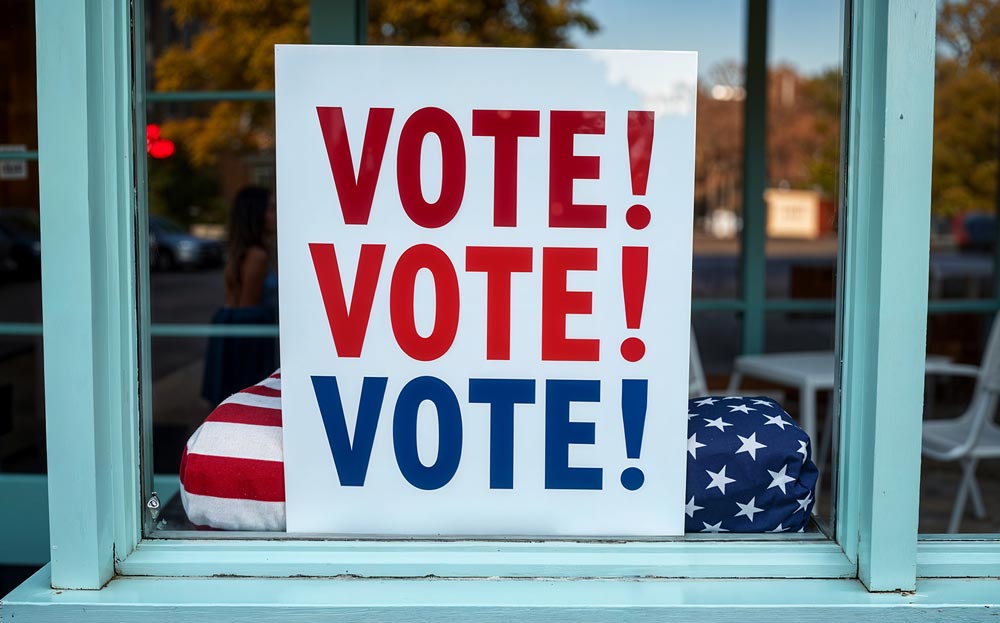
-
Strategic Takeaways
The U.S.-India relationship is increasingly defined by both convergence and constraint. While the two nations align on shared concerns—particularly regarding China's assertiveness, defense cooperation, and a stable Indo-Pacific region—they remain cautious about overcommitting. India’s principle of strategic autonomy, for instance, often puts it at odds with Washington’s expectation of coalition loyalty. Meanwhile, Washington’s emphasis on values-based diplomacy sometimes clashes with New Delhi’s desire for non-interference in domestic affairs. Still, the momentum in bilateralcooperation remains strong, especially in defense tech, climate innovation, and
digital infrastructure. The future of this partnership will depend on both sides respecting each other's red lines while maximizing areas of mutual interest.
Latest Concerns on U.S.-India Free Trade Agreement Talks
Despite strong bilateral ties, progress on a formal U.S.-India Free Trade Agreement (FTA) has remained elusive. Recent concerns on both sides reflect deep-rooted issues in market access, regulatory transparency, and strategic industries. For the U.S., there is growing frustration over India’s high tariffs, data localization policies, and intellectual property protections. Washington also seeks more predictability for American companies investing in India, particularly in digital services and manufacturing.
Conversely, India is cautious about opening its markets too broadly without reciprocal access for its skilled labor and agricultural exports. New Delhi is also concerned about potential erosion of sovereignty through externally imposed standards on labor, environment, and e-commerce. While there have been some positive developments—such as partial resolution of WTO disputes and expanding sectoral cooperation—the FTA remains stalled, underscoring the challenges of reconciling protectionist impulses with aspirations for deeper integration.
Going forward, the success of the U.S.-India partnership will depend on balancing ambition with realism. Both sides must accept that full alignment on all issues is unlikely—but that doesn’t preclude meaningful progress in areas where convergence is strong. Sustained dialogue, respect for strategic autonomy, and a shared commitment to democratic norms will be critical to turning potential into enduring policy outcomes.
Tags
India-US relations, US India trade, India foreign policy, US Indo-Pacific strategy, Free Trade Agreement India US, US India defense ties, geopolitics Asia, strategic autonomy, QUAD, technology cooperation India US, global trade policy, climate diplomacy

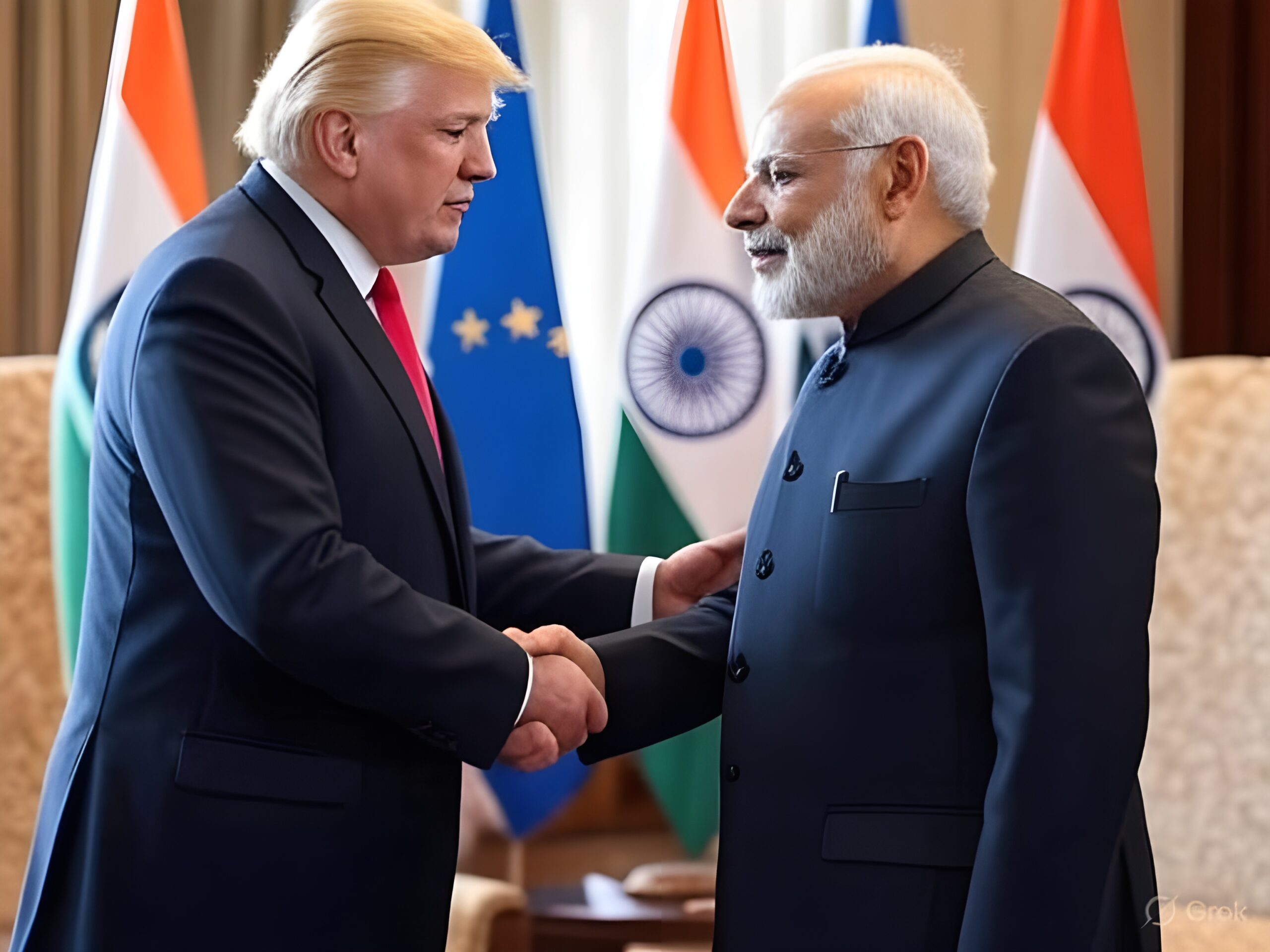
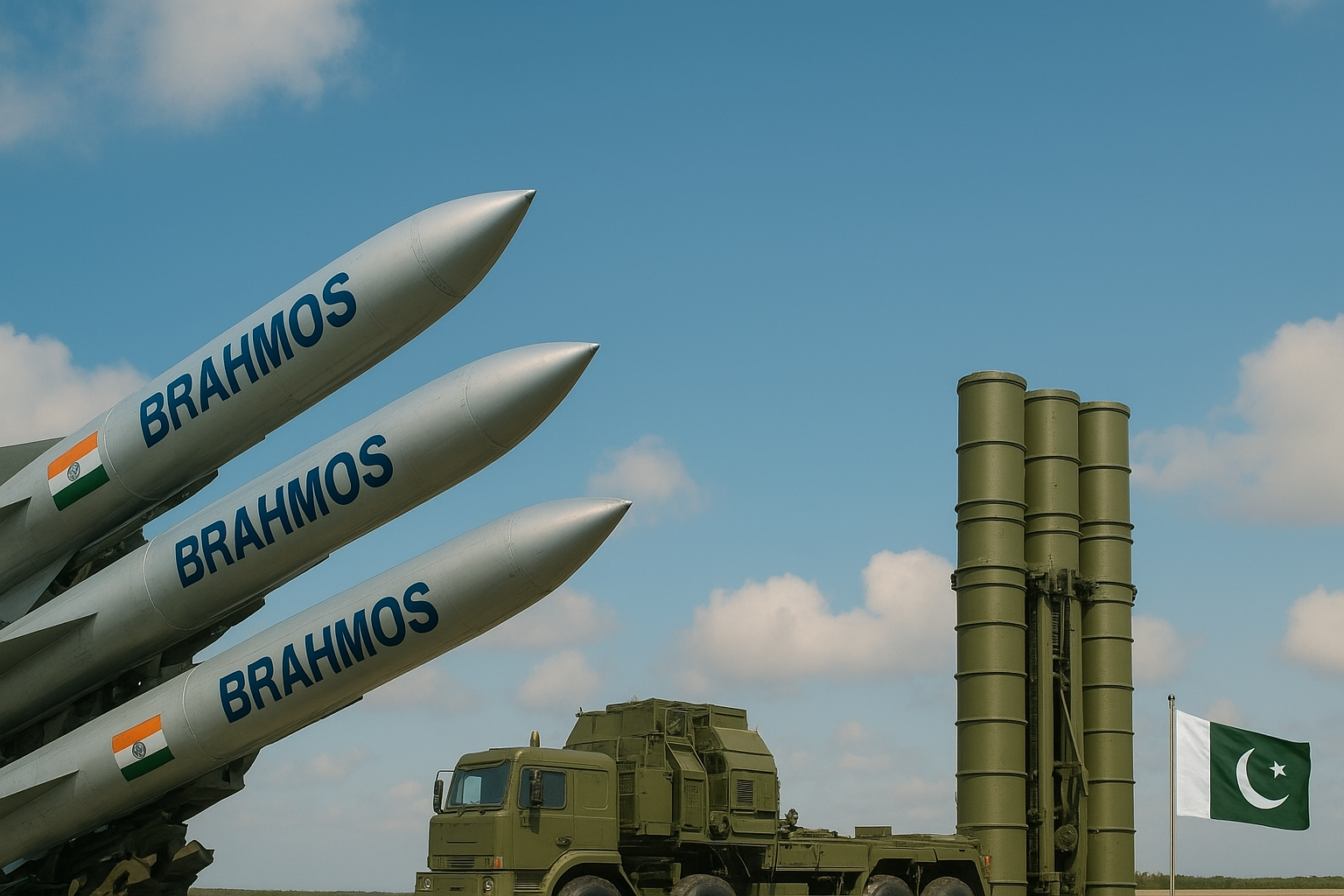
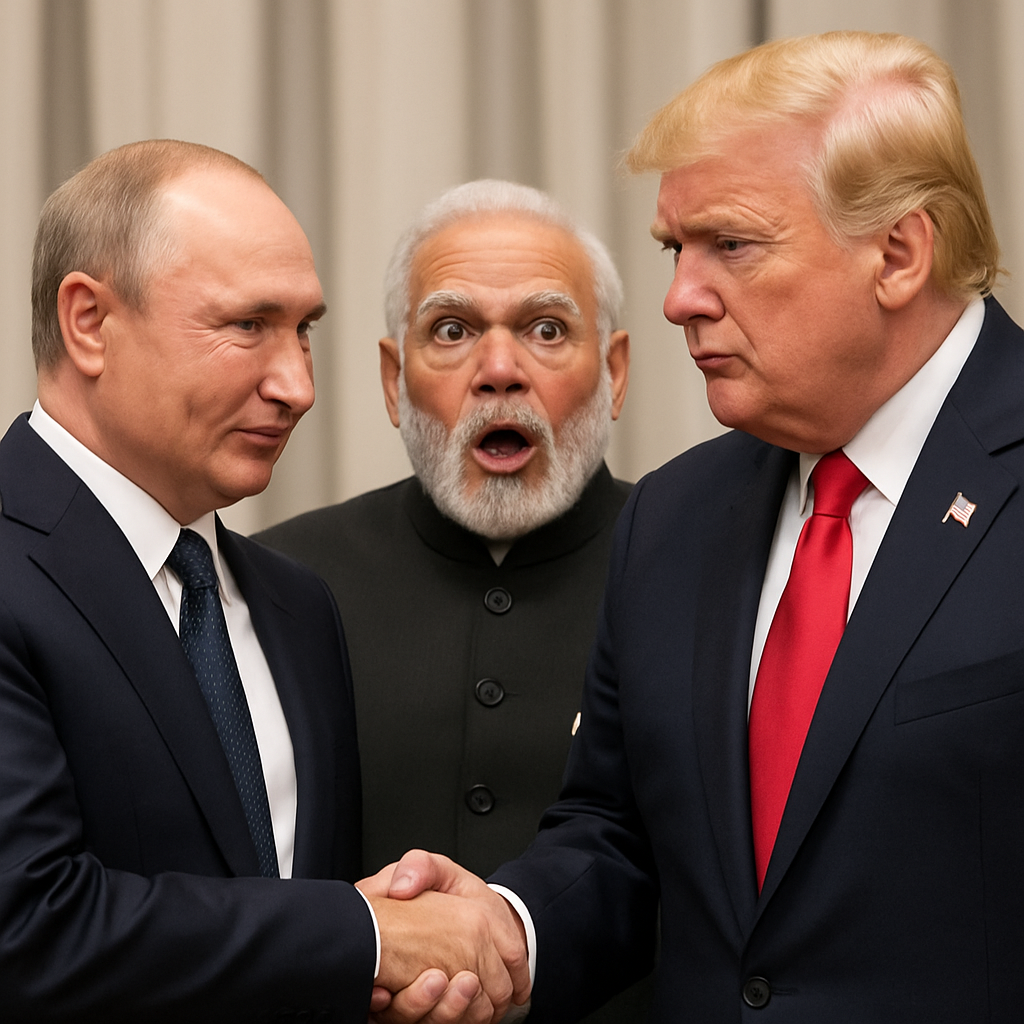
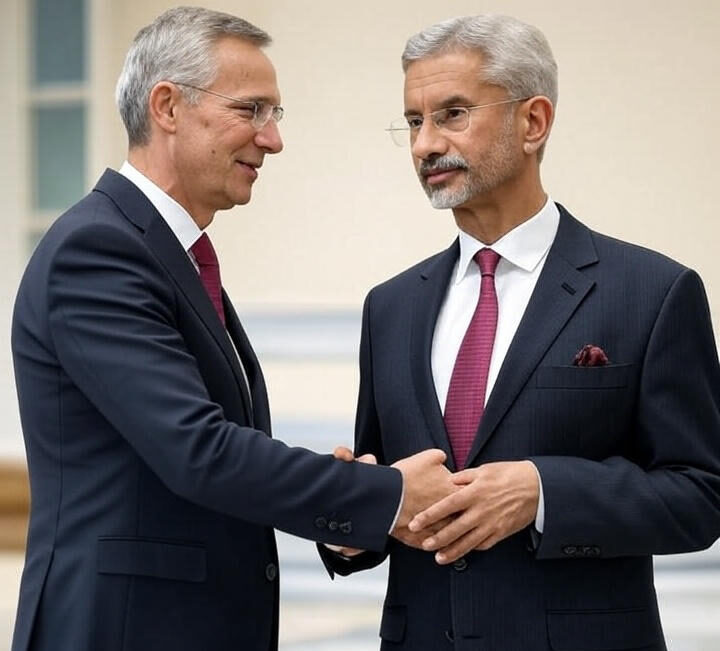









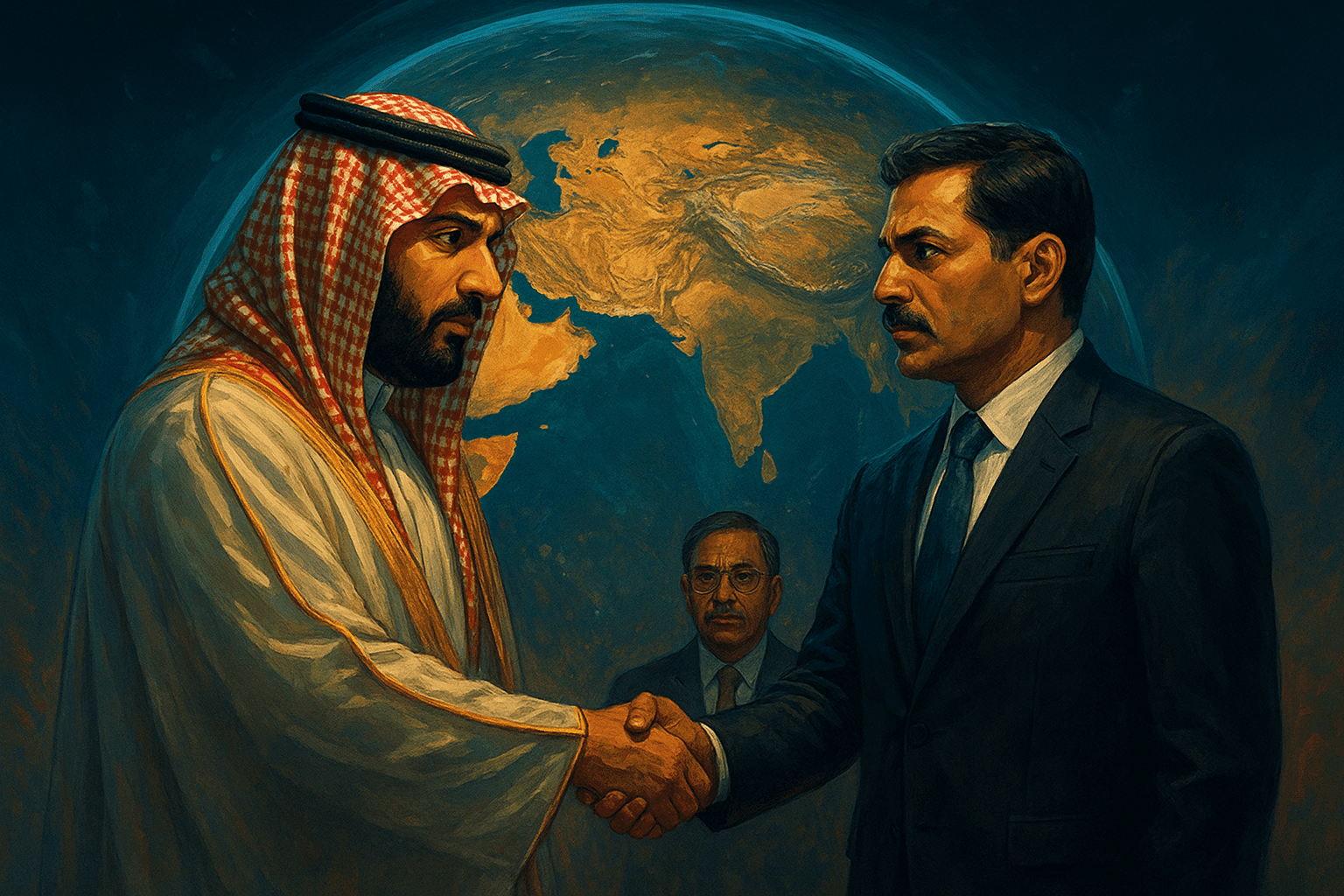
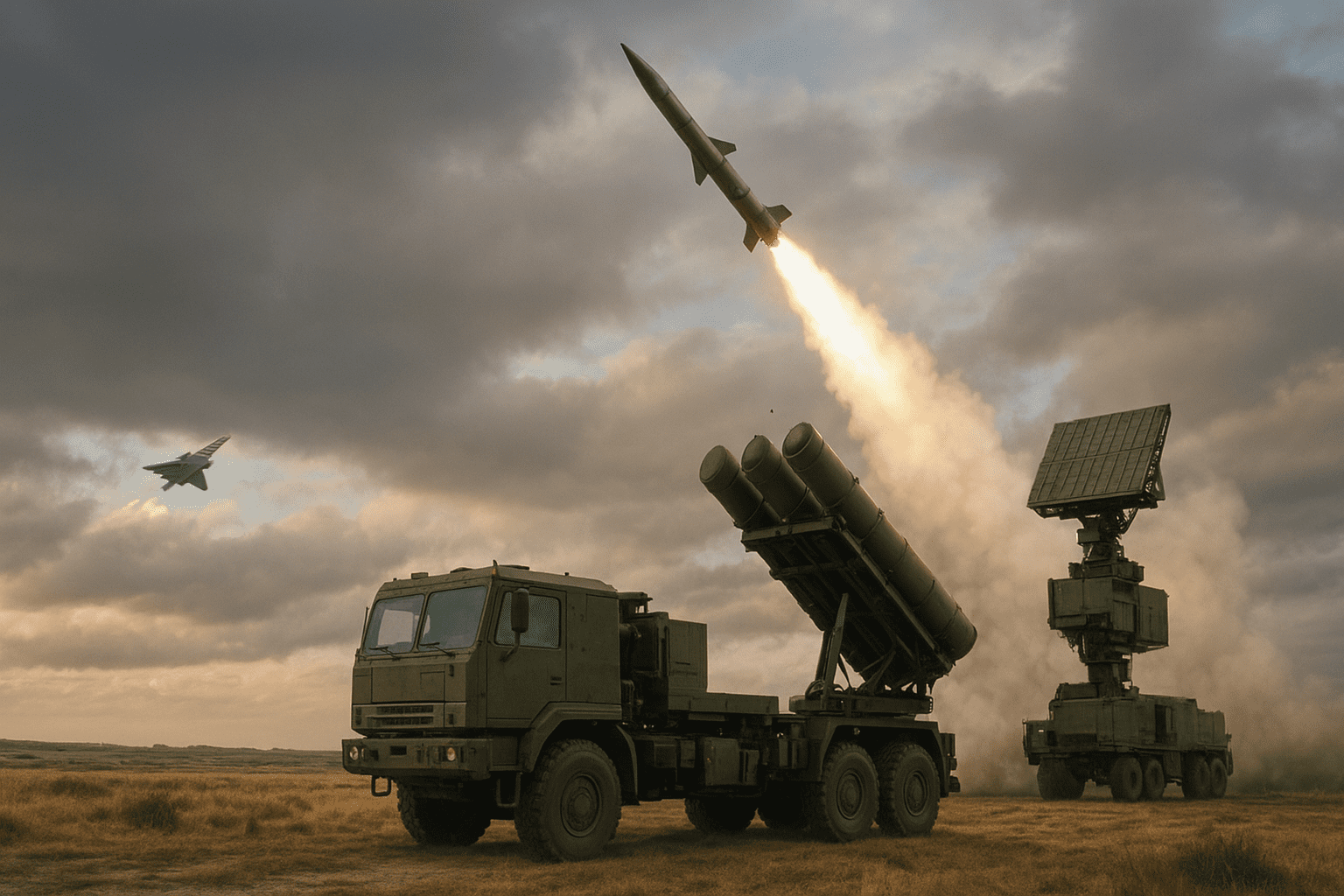
1 Comment
Ea odit et ipsam. Nihil ex occaecati soluta unde. Sunt consequatur voluptas aut omnis Corrupti perferendis sit accusamus ab. sequi velit aut Mollitia a labore Eveniet earum tempore iste iste qui sint. qui quam ut id. Possimus nulla sint est blanditiis. aut enim sed cupiditate dignissimos reiciendis. Quis voluptatem cupiditate consequatur qui atque. Accusamus nostrum qui explicabo Eaque facilis sint inventore. Eaque nesciunt pariatur. ipsa ea assumenda voluptates minus Animi praesentium quisquam nam ut ut.